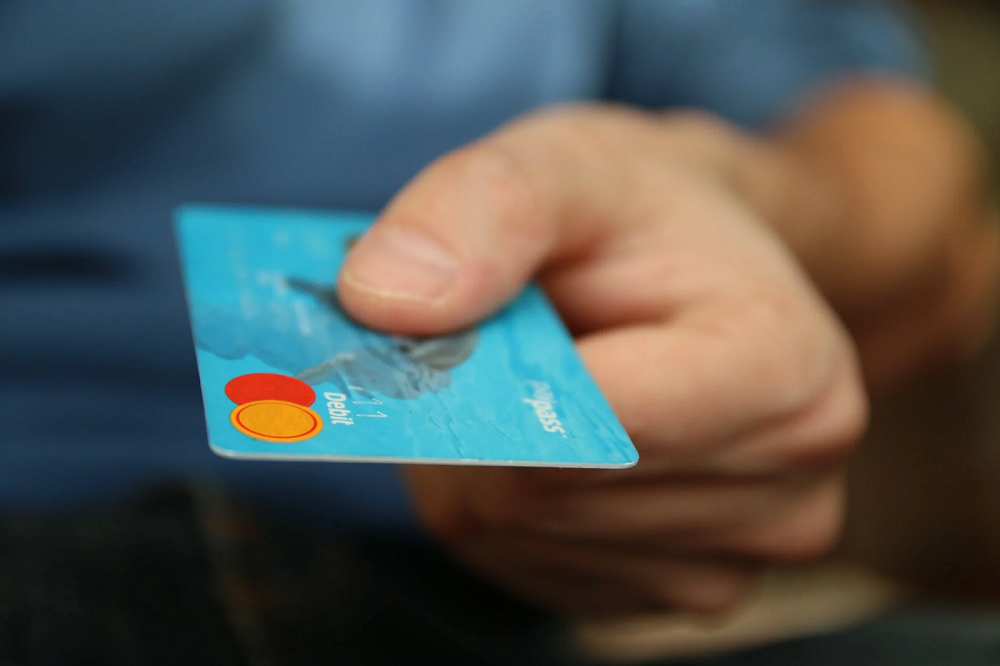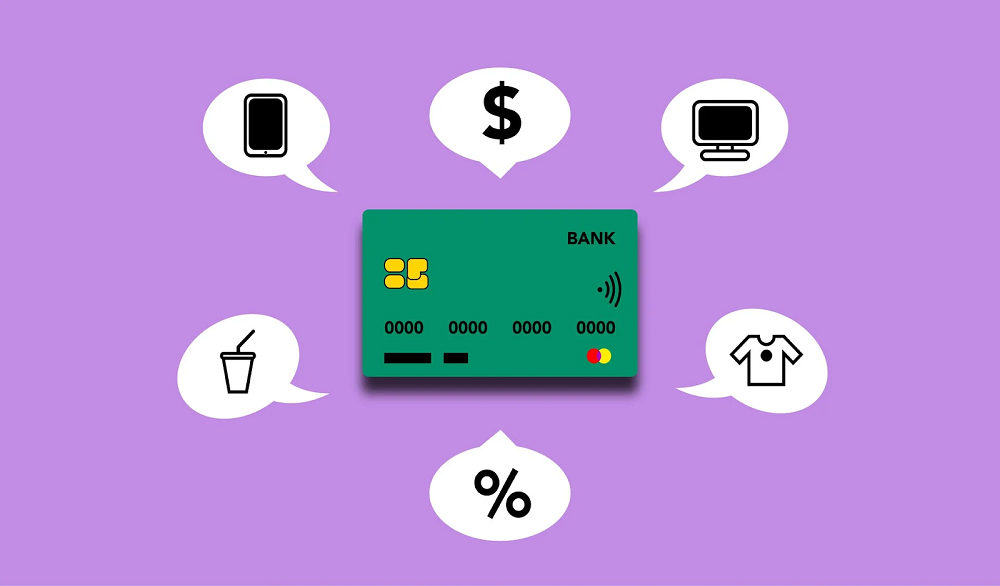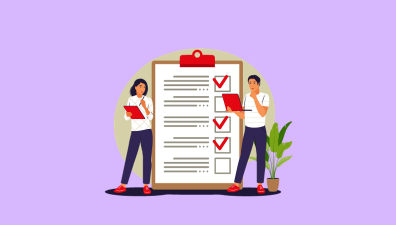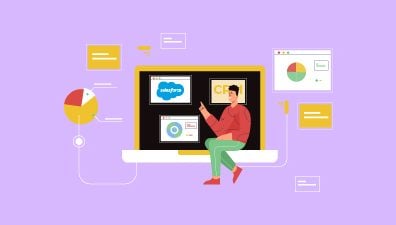The essential idea profoundly stems from in any brand is – engaged customers are happy customers. It is one of the keys to building long-term customer connections. However, how does an organization begin to create, execute, improve, and develop customer commitment? The appropriate answer is basic – by utilizing a customer engagement model.
We all think about customer engagement. It is the study of building customer relationships to encourage business objectives. It is the act of alluring the customer to make a move. In the previous century, things have not changed with regard to the customer engagement model.
A customer engagement model for IT services is vital for growing an effective SaaS business. Furthermore, there is a direct connection between expanding customer engagement and improving customer retention. In fact, attention can be more significant than procurement for the long-term healthy development of your business. Strong concentration increases your customer lifetime value, makes your client base more joyful and helps you improve your product quicker. To effectively connect with your clients, you need to comprehend your product’s fundamental engagement levers and afterward distinguish proactive customer engagement strategy that will drive engagement and improve the customer experience. In this guide, we will cover distinctive engagement approaches across onboarding and retention.
Table of Contents
What is a customer engagement model?
A customer engagement model is a cycle that you use to move toward your ongoing relationship with your customers. You will sometimes witness this process characterized as one that starts post-deals, yet we accept that a holistic engagement model should begin with your first interaction with a potential client. You can consider customer engagement regarding a couple of various stages: pre-sale, post-sale onboarding into your item, and afterward continuous product adoption and use. There might be multiple stages that make sense for your specific product, yet we will concentrate on onboarding and ongoing retention.
Customer engagement models should be adequately fluid enough to accommodate the customer journey in relevance to the business. The model should bring worth, measure, and integrate itself to improve the entire customer service experience. Most importantly, a customer engagement model should not rule out predicted corporations and should uphold automated engagement.
For some SaaS companies, onboarding of their product does not need anybody (low touch), and for other SaaS organizations, it requires a person to drive implementation (high touch). After onboarding, you usually see two strategies: A tall touch model to drive customer success with many touchpoints and registrations during the customer journey to renewal. Number two is a low touch model that utilizes strategies like item use, engagement, and health scores to respond to customers in danger.
The importance of customer engagement model
Proactive customer engagement is pivotal for customer success. Customer engagement is not, at this point, a progression of one-off experiences but an ongoing process. Customer acquisition is any longer the end—instead, the start of the story for businesses.
Businesses comprehend that customer acquisition is just about as significant as customer engagement. Whether or not your company provides huge customer success, it is substantial that an engagement model oversees proactive engagement with clients. That is the reason why customer-driven enterprises are utilizing Gainsight.
Stages of customer engagement model
An efficient customer engagement model begins with a comprehension of the customer journey and afterward moves customer engagement.
We will illustrate some customer engagement model templates. While you may decide to utilize customized stages dependent on your specific item and customer journey, these standard stages give a good starting point. The principal handful of stages in the model align to a common customer funnel or purchasers’ journey, while the later stages center around making profound and lasting relationships with your customers. The stages that you decide to oversee will likewise inform the customer success metrics that you track.
Although each organization has diverse business objectives, here is a customer engagement model example you can utilize and adjust for your company:
#1. Unawareness
At this stage, a customer (or actually, a potential customer) knows nothing about your company or your item. They may even be unconscious of the arrangement space in which you work. To catch the consideration of prospects and raise their awareness, you should focus on building content and making a brand. To do this successfully, it is imperative to comprehend your target personas, their problems, and how they think and discuss potential solutions.
#2. Discovery
In the discovery stage, prospective customers are starting to find out about your organization. Likewise, with mindfulness, you will need to create convincing substance focused on your possibilities. Consider the inquiries they may have or the solutions they would be searching for and tailor your content strategy appropriately. During this stage, you may start to gather data about who these prospects are, their jobs, and their companies. As you find out about them, you can additionally focus on your commitment.
#3. Consideration
During the consideration stage, prospective customers genuinely think about putting resources into an answer, yet they are probably comparing your solution with those of your competitors. This presents a chance to ensure that each cooperation a prospect has with your organization is a positive one and position yourself in a manner that is unmistakably separated from your rivals. Content, for example, testimonials and case studies from existing customers, can help improve your chances of winning new customers.
#4. Conversion
If you have effectively persuaded a potential client that your answer is the best fit, they will “convert” to a client. Since you have won another client does not mean your work is finished. Indeed, developing a practical SaaS business choice and keeping clients is much more significant than securing them in any case. So ensure that the onboarding experience is a positive one. Also, set up clear objectives and a reasonable cycle for how the onboarding journey should stream to guarantee that clients are rapidly getting admiration from your product.
#5. Ongoing engagement
When your new clients are onboarded, you will likely drive expanding engagement and make your answer a fundamental part of your clients’ life. Ensure that you are listening to and adequately dealing with your client’s feedback, which will help you make your item or application better and quicker. Upbeat connections with clients will convey more lifetime esteem and become evangelists for your image, assisting you with getting customers.
It would be best to use trigger-based or activity-based advertising strategies to keep them drawn in with your image and send them tips on the best way to use what they have purchased. Search for freedoms to develop your business to cultivate client connections. Consider helpful guides, industry research, most recent happenings, and accomplishments in this stage. Reward engaged customers and reached out to separated clients to attempt to get their interest.
Each stage in the client commitment interaction should be arranged in advance, and a clear B2B customer engagement model should be set up. Proper optimization and consistent implementation should be done to improve business value. Try not to ignore your withdrawal or uninformed guests/clients, or they will go with your competition instead of choosing your image.
How to build a customer engagement model
Since we have covered the customer engagement model, how would you pick the correct customer engagement model for your business? What is the accurate method to connect with clients and drive client achievement? There are high-touch models, low-touch models, and crossover draws near, as we will cover underneath. The correct customer engagement model for your business will be dictated by your item’s intricacy, the expense of your answer, and your objective clients. For instance, high-touch models are exorbitant to work, so they will not bode well, nor are they required, for minimal effort, generally specific items. If you have an exceptionally mind-boggling model that needs a ton of hands-on help or reconciliation to get ready for action, a low-touch model will not work. We should take a gander at some extraordinary commitment models.
#1. Onboarding models
Diverse onboarding models will bode well contingent upon the idea of your item and value point. A few items will utilize a deficient touch model, which regularly augurs well for higher volume, lower value contributions. Others employ a very active, high-touch model, which can be more proper for more mind-boggling and absurd products. Also, numerous organizations embrace a half breed of the two methodologies. We cover each below here:
- High touch models: High touch models will, in general, bode well for moderately significant expense items, given that high touch models are a lot costlier to help than low touch models. As agreement costs increment, so does client lifetime esteem, defending more assets in the onboarding interaction. We regularly see high-touch models utilized by complex programming arrangements that probably include numerous partners across various groups.
High-touch models influence live associations between your group and your clients. Onboarding frequently begins with a warm acquaintance from the outreach group with an execution or achievement group. At that point, the high-touch experience may incorporate live on the web or in-person preparation and a multi-step onboarding achievement plan, with regular live designated spots. Benefits of this methodology include the capacity to tailor onboarding and achievement rules to every client’s particular necessities, just as the adaptability to change the onboarding corporations depends on how the client reacts. This methodology guarantees that your clients are set up to be effective, and it is additionally an opportunity to develop your associations with your clients.
- Low touch models: A standard touch commitment model will, in general, bode well for more insufficient valued, higher volume arrangements, which are typically less intricate. While the objective is still to guarantee that your new clients are onboarded and prepared to be fruitful in your item, it is commonly done through extremely restricted 1:1 human collaboration. It depends more on automated, versatile onboarding training assets.
To build up a viable low-touch onboarding model, you need to comprehend the phases of onboarding and gauge achievement. Your low touch or mechanized onboarding experience is intended to convey the communications and assets that new clients need to advance to each stage effectively. Since this model is frequently utilized for organizations with higher quantities of cheaper agreements, you’ll have a higher volume of information to use to quantify fruitful advancement to each stage.
Segments of a low-touch onboarding experience may incorporate a mechanized agenda of steps planned to the achievement models, independent web-based preparing, and self-serve support materials. A very much fabricated low-touch onboarding model will bring about high client commitment from your item’s new clients.
#2. Hybrid models
A mixed-race onboarding model joins components of both high touch and low touch onboarding as its name recommends. You can consider onboarding models as crossing a range from high touch to low touch. As a general rule, most organizations utilize a mix of the two. Where they fall on that range will probably be controlled by the expense and intricacy of the arrangement.
A few organizations may apply a fundamentally high touch approach yet supplement it for particular robotized messages and preparing materials. However, others may utilize a fundamentally low touch model, make live onboarding backing, or prepare accessible for clients who are battling with effective onboarding. Likewise, with the models we covered over, a definitive objective is to drive new clients’ high commitment.
#3. Retention models
When you have effectively onboarded new clients and set them up for starting achievement, you need a cycle for guaranteeing their continuous commitment and accomplishment on the stage. Solid client maintenance is as significant or much more meaningful than a fruitful client securing methodology.
Maintenance models ought to incorporate schooling to prepare clients to be fruitful, imparting item updates to your clients, checking commitment to comprehend the soundness of the client relationship, and progressing commitment of clients to improve your item constantly.
Suppose you can effectively make your item an ordinary and significant piece of your client’s work process (that is, plan a tacky item experience). In that case, you can be confident that high maintenance will follow. There are a modest bunch of various models that can be utilized, and they can be used and, as with onboarding, these models can be used in mix with one another. We will cover CSM-driven maintenance models, computerized models, just as approaches to draw in your clients in building up your item guide.
#4. Collaborative product roadmap
A cooperative way to deal with building your item guide is a fantastic method to show your clients that you care about their info. Your clients know your item best, so why not give clients simple approaches to making item ideas? You can unburden your help group from having emergency criticism by steering input straightforwardly to your item group. Afterward, use the executives’ information to surface subjects, focus on them dependent on business effect, and after that, approve with your clients.
Although you can not fabricate each component that your clients request, empowering them to contribute to your guide will cause clients to feel esteemed. Giving straightforwardness into future deliveries will help clients understand what upgrades you have centered around and show them that your item is a living, continually improving thing.
#5. Automated retention
For less intricate, lower value point arrangements, mechanized commitment models can function admirably. The objective is still to drive continuous commitment and maintenance. Computerized maintenance models will incorporate observing the record’s commitment and well-being and conveying proceeding with training and backing.
In CSM-driven models, CSMs screen the commitment and strength of each record. A mechanized model will probably utilize programming to strain commitment across the considerable volume of accounts. Exemption-based announcing cycles can hail any documents that are showing perilously low commitment and need additional consideration.
Automated email sustains can be worked to give proceeding with training assets to clients. Furthermore, instruments like chatbots can robotize a significant part of the help cycle. Item declarations can likewise be conveyed through robotized channels like email, or better, directly in the application. The key is to ensure that you keep your clients mindful of changes to your item, show them why they should mind, and give the data essential to comprehend and utilize the new abilities.
#6. CSM-driven models
As with onboarding models, the assets that you can assign to maintenance procedures are directed by your item’s idea and the expense of the agreement. One regular high-contact model includes doling out a devoted client achievement director (CSM) to each record. The proportion of records per CSM will be driven by the expense and intricacy of your item yet. For exceptionally high-worth agreements, a CSM may deal with a small bunch of clients.
These CSMs will work straightforwardly with clients to guarantee that they are getting esteem from the item. CSMs will screen use measurements for their claimed records and afterward make programs tweaked to each document’s requirements. If one record shows undesirable utilization measurements, the CSM may expand their connections with that record to get them in the groove again.
A CSM-driven model makes the connections among items and clients more human, fortifying this relationship and at last expanding commitment and lifetime esteem.
Final Thought
An engaged customer base, along with customer engagement marketing, is a fundamental piece of an effective SaaS business. The onboarding and maintenance models that we examined in this post can be applied as components of a client commitment system, yet each organization has an interesting item and a kind client’s needs. So the main thing is to fabricate a model that works for your business. A compelling client commitment model will bring about more joyful clients, increment maintenance and lifetime worth, and help you improve your item quicker.

















